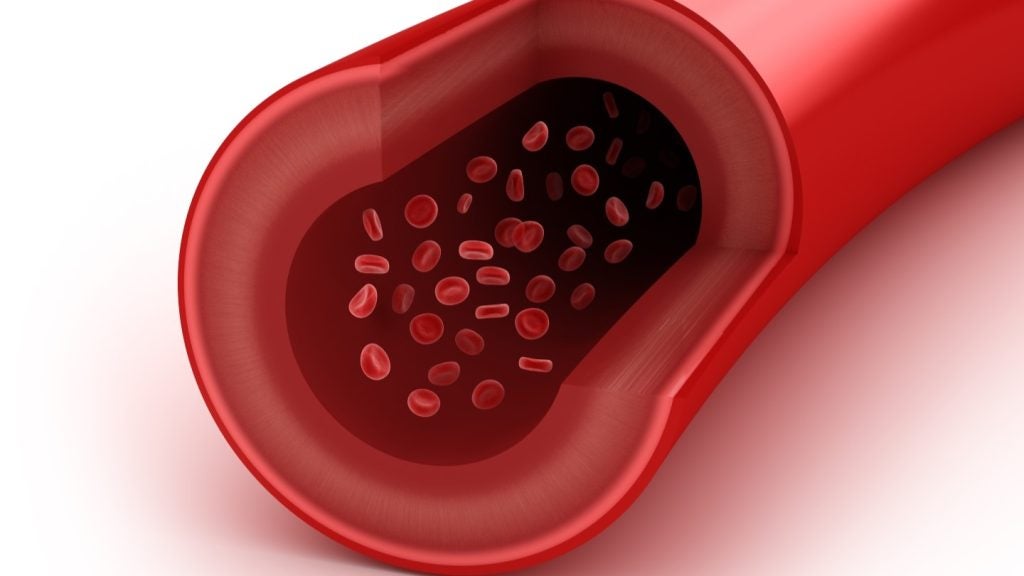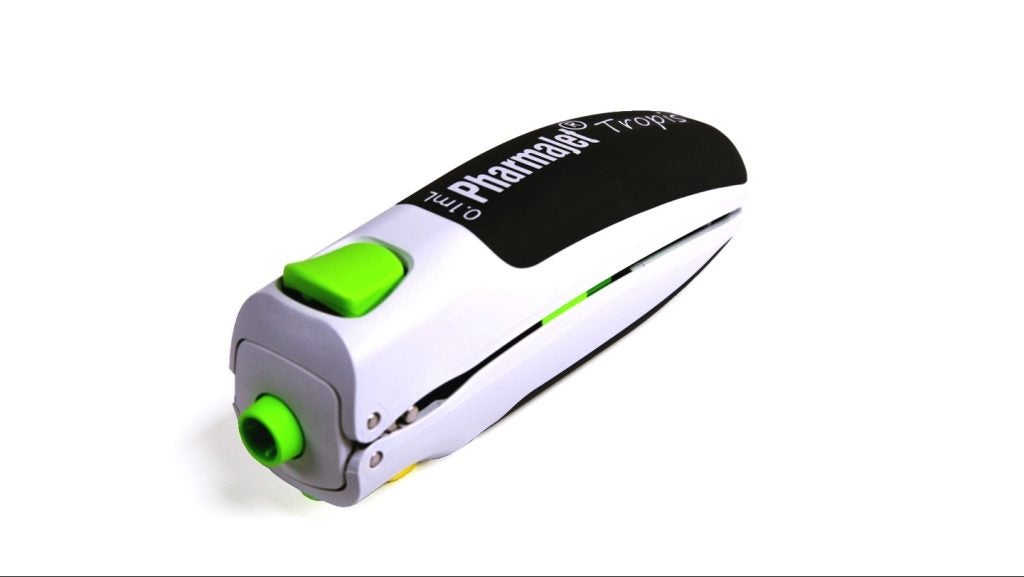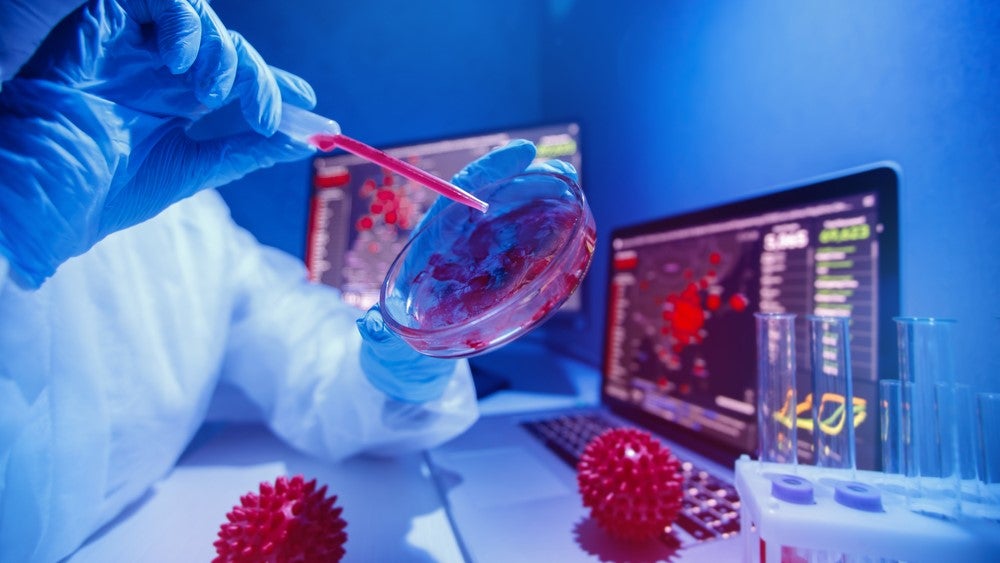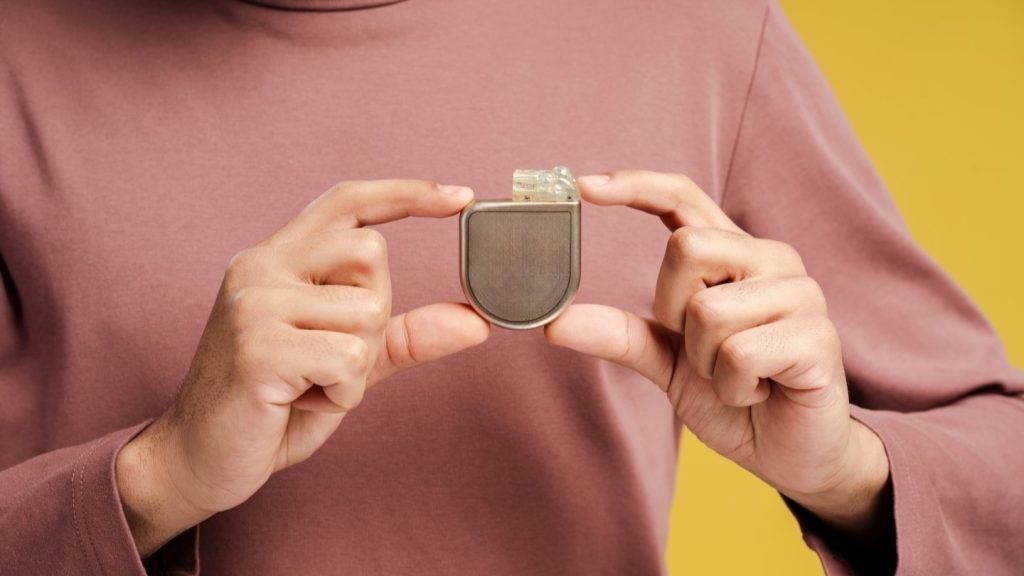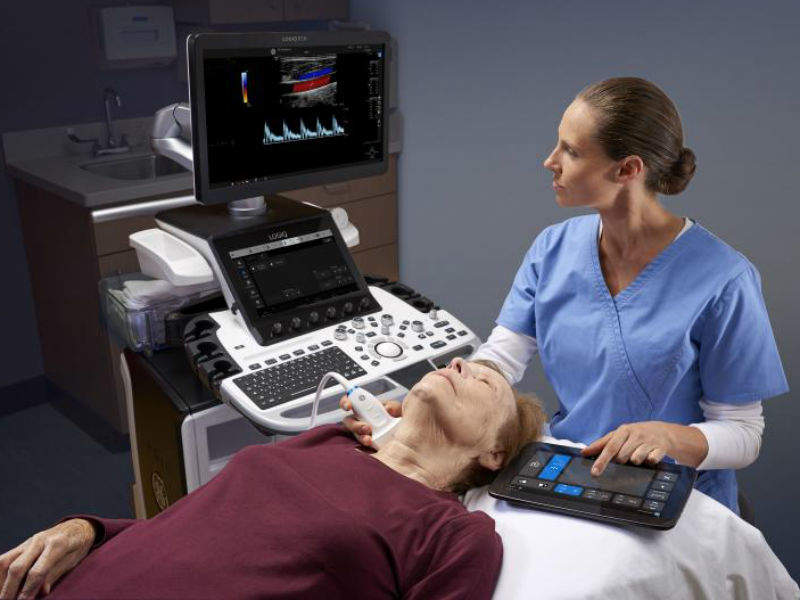
GE Healthcare has announced the commercial launch of its most advanced radiology ultrasound system. The LOGIQ E10 offers 48 times the data throughput and 10 times the processing power of previous systems.
The digital ultrasound system relies on the same artificial intelligence (AI) technology that powers driverless cars and advanced computer games. This AI capability, together with the system’s cloud connectivity and advanced algorithms, allow it to acquire and reconstruct data faster than previous versions. GE Healthcare claims that as a result the system can enable confident diagnosis with comprehensive tools and a concise workflow.
Dr Knut Brabrand, head of ultrasound at the department of radiology at Oslo University Hospital, Rikshospitalet, said: “We perform an average of 30 ultrasound exams every day and more than 1,000 ultrasound-guided interventional procedures in a year for which we need advanced tools to guide us.
“I’ve noticed an impressive and significant improvement in image quality with the LOGIQ E10. We achieved a better penetration with high frequency transducers. As a result, I was able to spot tiny lesions in the liver that I have not seen with our previous technology. The image was focused at all times, eliminating the need to look for focal zones and the B-Flow technology allowed me to clearly visualize the blood flow. Ultimately, it gives us, as the clinicians, improved diagnostic confidence particularly in difficult cases.”
The LOGIQ E10 is designed to adapt to contemporary challenges such as increasing patient volumes. It can also anticipate future problems by leveraging technologies to create detailed images in real time.
The ultrasound system uses AI for its cSound Architecture platform. This advanced graphics processing unit (GPU) hardware technology acquires and reconstructs data in a similar way to an MRI or CT system, enabling 48 times the data throughput and 10 times the processing power of previous systems. The cSound Architecture is so powerful that it can process an amount of data equivalent to playing two entire DVDs in just one second, in real time. The system eliminates the need for focal zones, as the entire image is always in focus throughout the exam.
How well do you really know your competitors?
Access the most comprehensive Company Profiles on the market, powered by GlobalData. Save hours of research. Gain competitive edge.

Thank you!
Your download email will arrive shortly
Not ready to buy yet? Download a free sample
We are confident about the unique quality of our Company Profiles. However, we want you to make the most beneficial decision for your business, so we offer a free sample that you can download by submitting the below form
By GlobalDataThe system’s new photo assistant app feature enables users to photograph relevant anatomy and include the photos with the clinical images sent to the radiologist, providing valuable context and documentation. Another tool, called remote clinical application allows radiologists to manipulate the ultrasound’s settings with a remote control on their tablet or smart phone. Clinicians can also analyse how the system is being used with a web-based secure portal or get assistance remotely.
Tricefy software from Trice Imaging adds cloud-based image sharing, diagnostic collaboration, remote viewing, archiving and Electronic Health Record (EHR) integration to the system. This will provide clinicians with a new way to connect with their colleagues and patients.
Brian McEathron, general manager of GE Healthcare General Imaging Ultrasound, said: “Our engineers have come up with an entirely new way to create an image with image formation algorithms that are software based and allow for further development in the future.
“From liver, OB/GYN and breast imaging to musculoskeletal and interventional radiology, ultrasound has the potential to dramatically improve patient care. We are confident that the LOGIQ E10 will lead that transformation, improving imaging for patients from head to toe – no matter their age or size.”



